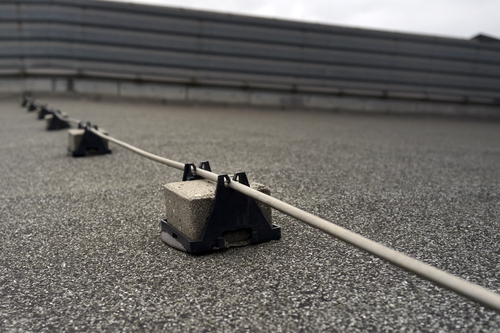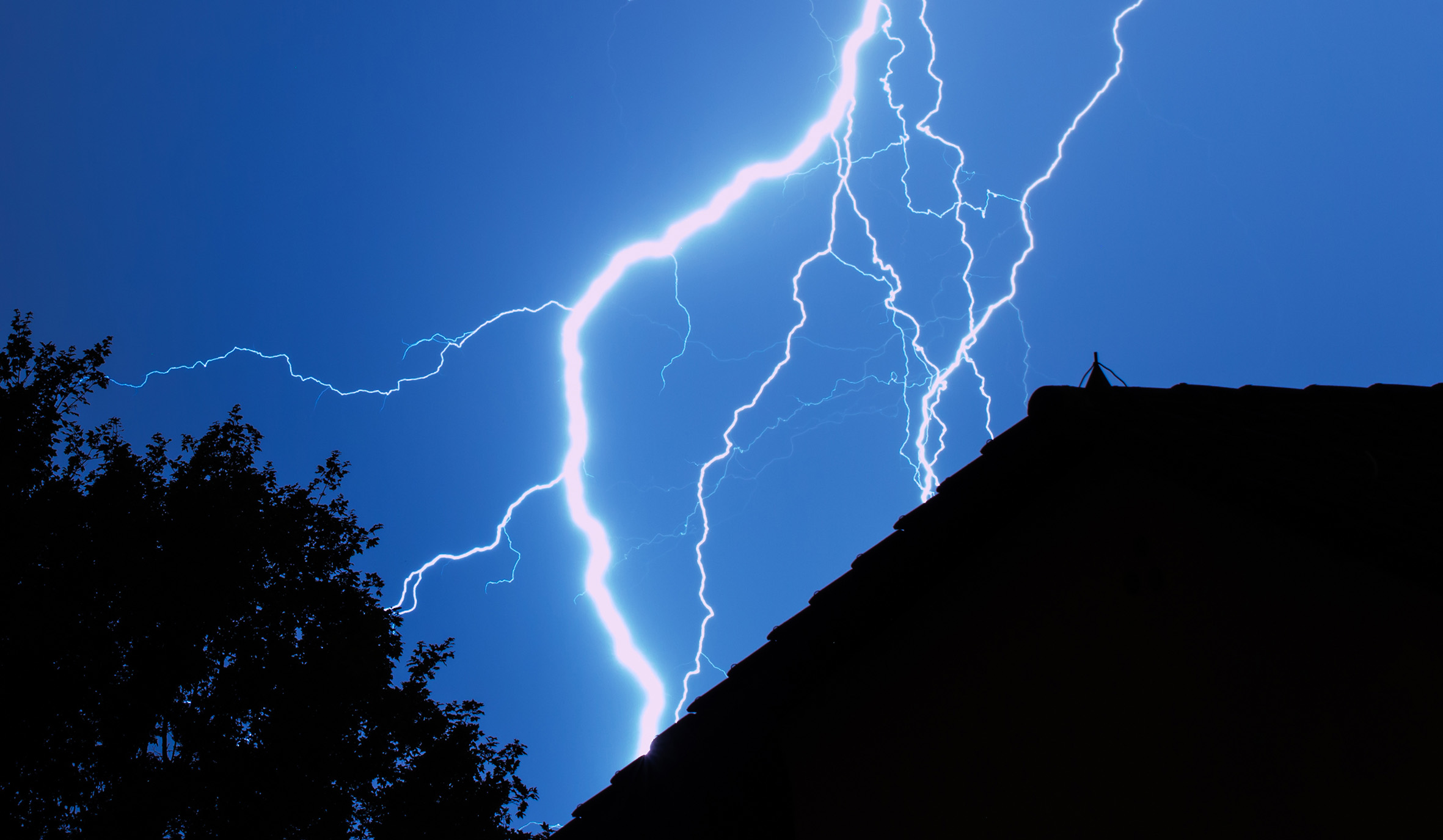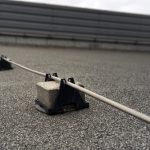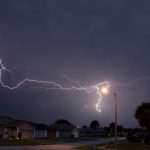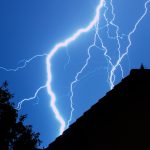GROUNDING
GREAT IMPORTANCE IN ELECTRICAL ENGINEERING
Grounding is of great importance in electrical engineering. There is a risk of unexpected exposure to voltages when using electrical appliances. In popular idiom, a person is ‘electrocuted’ which can even lead to death.
Poor grounding increases the risk of faulty currents, unnecessary breakdown and technical failures of electrical appliances. It can affect human health and the life of electrical appliances and machines.
Creating a conductive connection for a device or machine to the ground is called earthing or grounding. Grounding can mean earth grounding or the grounding of electrical appliances. These are two different aspects that are important during designing and installing of electrical appliances.
EARTH GROUNDING VERSUS GROUNDING
Earth grounding is the intentional connection from a circuit conductor (usually the neutral conductor) to a ground electrode placed in the earth. The grounding of electrical appliances is in the construction of the device itself.
The grounding of electrical appliances and earth grounding ensure that electricity or current can flow to the ground to prevent electrical shock.
Certified engineers and technicians have detailed technical knowledge of ohmic resistance, ground electrodes and potential equalization.
There are four grounding options for electrical installations.
1. With a ground electrode, also called earth pin
2. Grounding via water pipes
3. Grounding via the electrical power grid of the energy provider
4. A combined or collective earthing system surrounding multiple buildings
GROUNDING ≠ GROUND FAULT CIRCUIT INTERRUPTER
The term grounding is not the same as ground fault circuit interrupter. This circuit breaker has sensors that measure the current going in and out. Normally, the current is balanced. However, if the current is out of balance, something is wrong. The ground fault circuit interrupter senses this and instantly shuts down the circuit. The electric circuit shuts down when there is a leakage current or earth leakage and this depends on the type of breaker. In houses this is generally 30 mA. This extra protection for electrical installations is not the same as the grounding in a building or house. Other names for ground fault circuit interrupter are differential switch and earth leakage circuit breaker.
EARTHING RESISTANCE
Earthing resistance is also called spreading resistance. This is the contact resistance of the grounding electrode or ground support cable with the earth. For safety reasons this has to be as low as possible, for example when lightning occurs.
Within a household installation the electrical resistance must not exceed 30 Ohm. From 30 to 100 Ohm earth leakage circuit breakers provide protection. Installations with higher values of resistance are not accepted. Our Beemster specialists measure earthing resistance with professional equipment. Please feel free to contact us.
THE EFFECT OF OHMIC RESISTANCE ON GROUNDING
Ohm’s law states that the current through a conductor between two points is directly proportional to the voltage across the two points. The mathematical equation is U = I x R.
· U = electrical voltage; Volt [V]
· I = current; Ampère [A]
· R = resistance; Ohm [Ω]
The ideal earthing resistance is 0 Ohm, which is difficult to attain. Due to safety reasons the earthing resistance must not exceed 30 Ohm.
POTENTIAL EQUALIZATION AND OVERVOLTAGE PROTECTION
Potential equalization is important for an undisturbed current flow of the electrical circuit to your appliances. These measures protect against electrical and magnetic effects, voltage differences and overvoltage.
In order to prevent voltage differences, all parts of a building that can conduct electrical current are connected to a potential equalization. Examples are: metal water pipe lines, gas pipe lines, steel staircases and cable trays. Between these parts conductive connections are made that are connected through a potential equalization to a safety grounding. Eventual external lightning protection systems are also connected to this installation.
The effects of lightning strikes, switching operations, short circuits or electro-magnetic interferences (EMI) must be mitigated to prevent damage. Even when a building is not directly hit by lightning, if a strike occurs in the vicinity, the building and electrical installation will be subjected to high voltage.
Data and control cables cannot be connected directly to the earth without functional loss. For these parts an overvoltage protection controller is used that reduces peak voltages to a safe level. The overvoltage divertors in this protection system briefly connect the conductive systems to each other to transport the peak current or to neutralize differences of voltages.
The combined effect of potential equalization and overvoltage protection provides a good protection for machines and installations against damage as a result of lightning and overvoltage.
Ensuring a safe and effective electrical installation requires knowledge of specialized technicians. Our Beemster specialists provide these services in the industrial and constructional sectors. If you have any questions, please feel free to contact us.
GROUNDING EXAMPLES
In wet areas grounding is very important because of the high safety risks. Water and moisture are good conductors of electricity, which means that not only the device but also the immediate surroundings of the device will undergo high voltage.
In accordance with the stipulations of the latest Dutch Building Decree and the NEN 1010 only grounded power sockets and grounded wall sockets can be installed. This stipulation applies to new electrical installations as well as to existing installations that are under reconstruction. In older situations probably only the wet areas and kitchen will have grounded power sockets.
Nowadays, devices and machines under 50V (still) do not need to be grounded. Your electrical installation and machines cannot be visually checked for proper grounding. Even though machines and installations are not properly grounded, they still can function. However, if it goes wrong they certainly can undergo excessive voltage.
Our advice is to choose a professional technician and regular service and maintenance.
Feel free to contact us directly:
Sales team
E: info@beemster.nl
T: +31 (0)72 571 1282
Know what you want? Fill out our contact form:


 NL
NL

